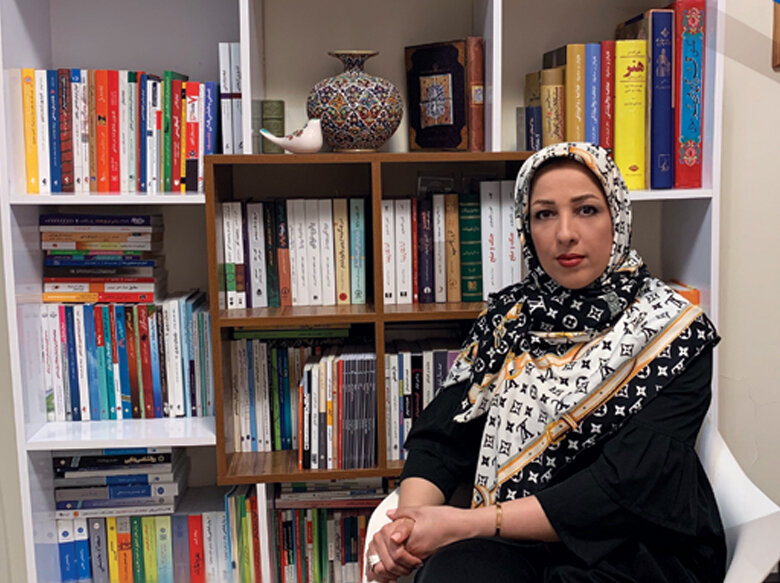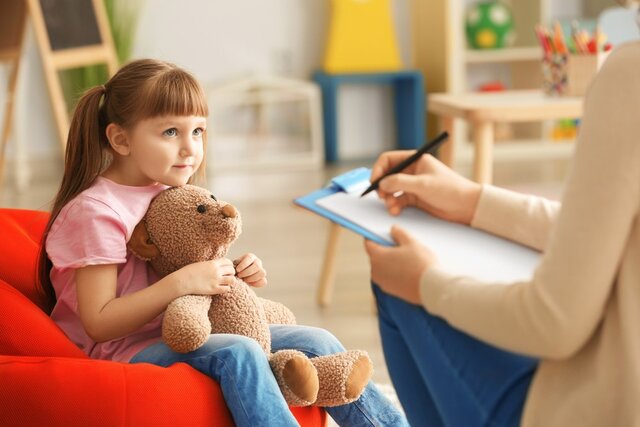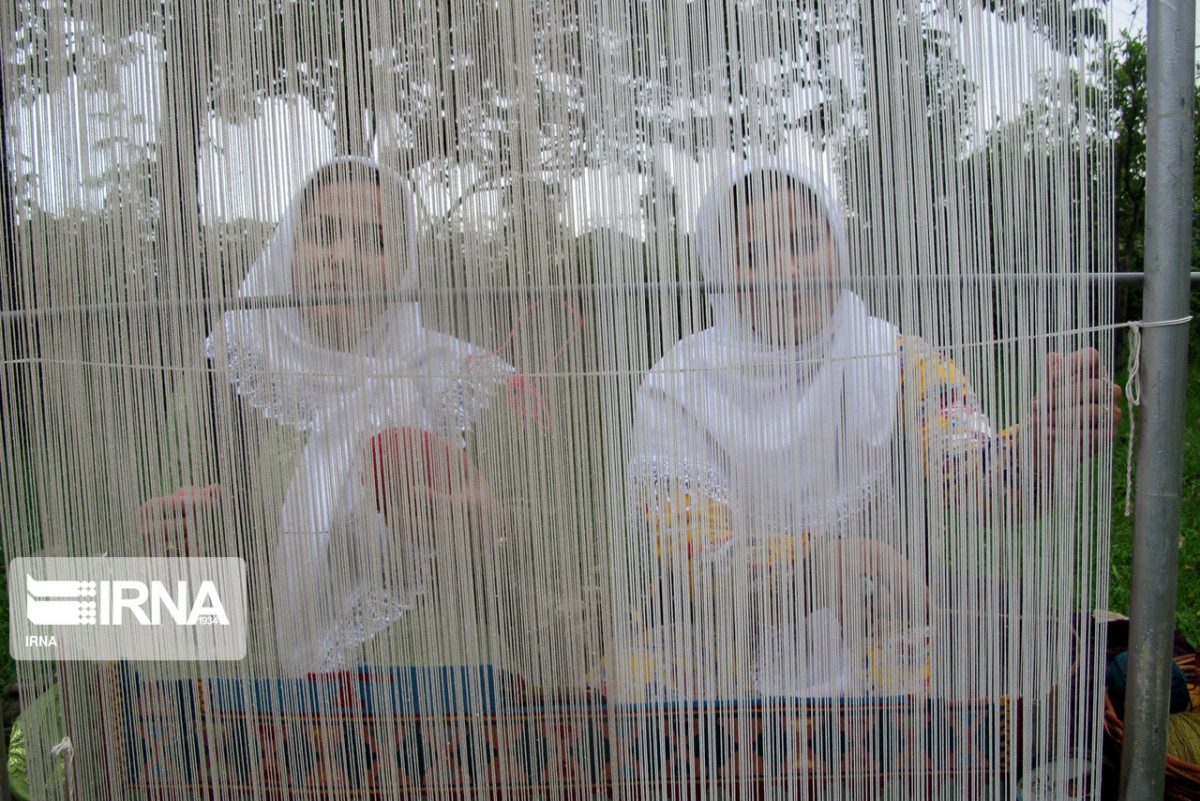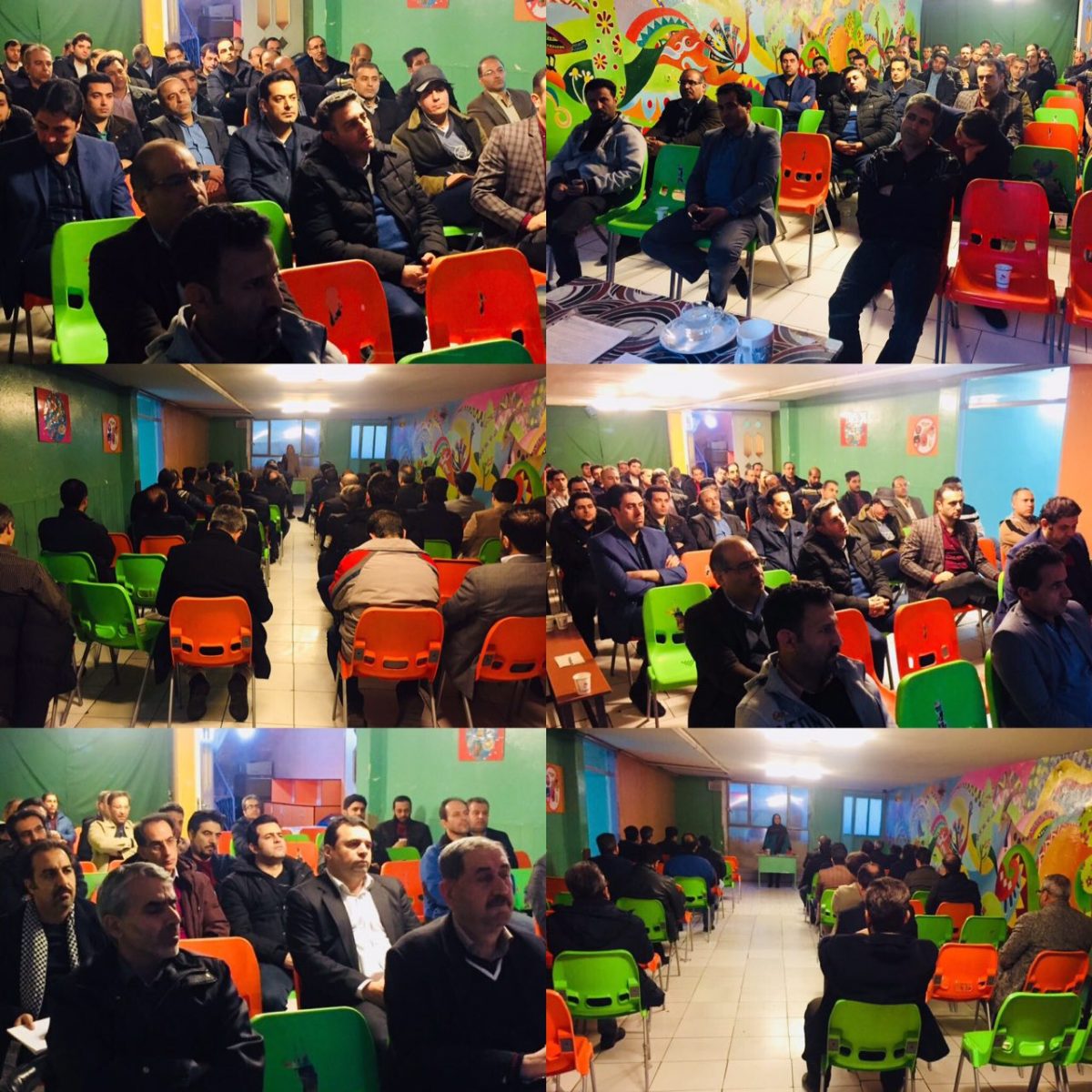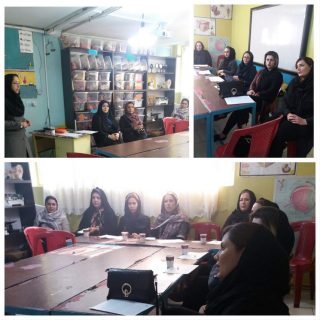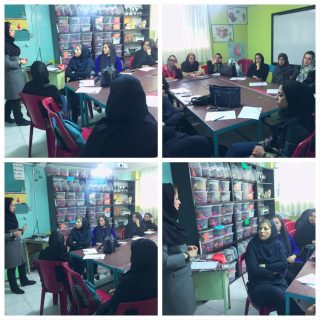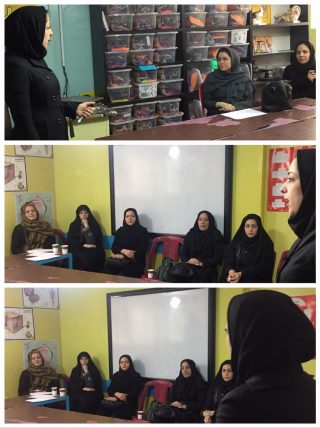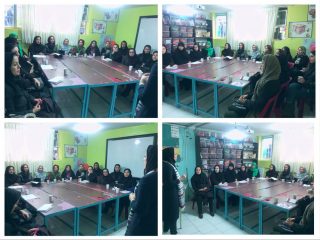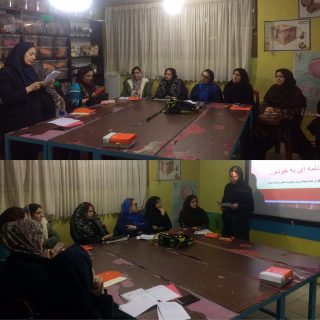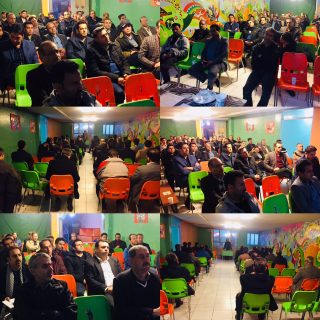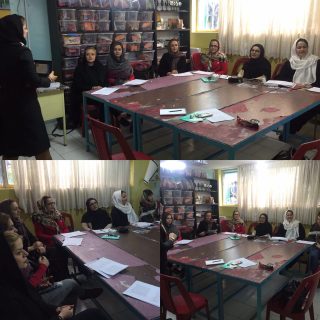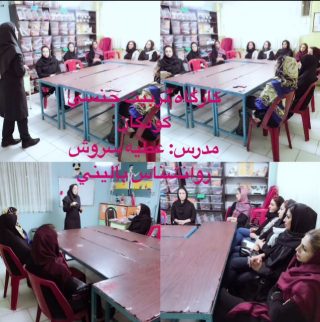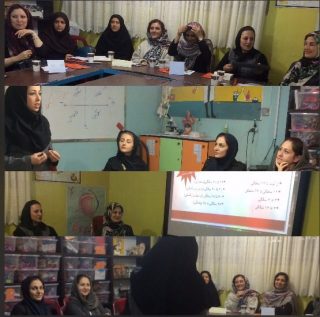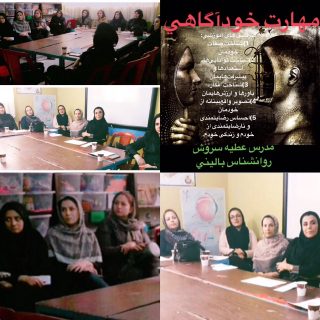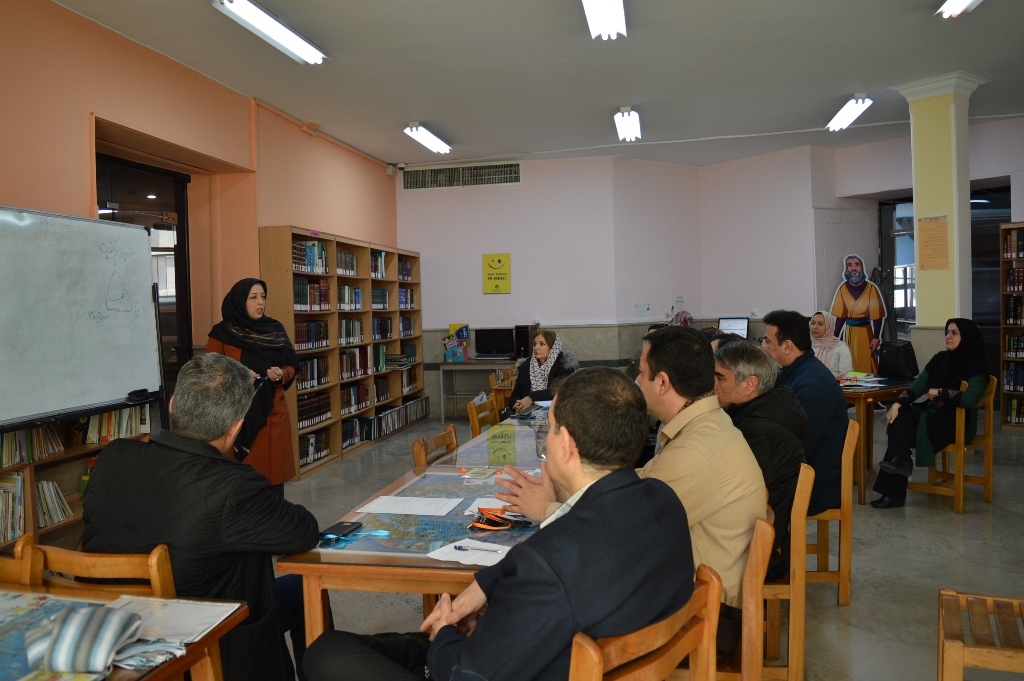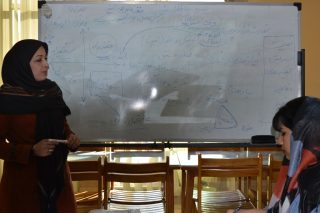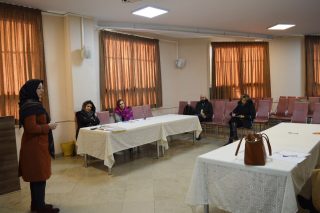INVESTIGATING THE RELATIONSHIP BETWEEN PARENTING STYLES AND SOCIAL ANXIETY AND MENTAL HEALTH OF FIRST-GRADE FEMALE HIGH SCHOOL STUDENTS
Atieh Soroush
PhD in Clinical Psychology from Sanaei University of Isfahan, Isfahan, Iran.
Atieh Soroush: Investigating the relationship between parenting styles and social anxiety and mental health of first-grade female high school students — Palarch’s Journal Of Archaeology Of Egypt/Egyptology xx(x), xx-xx. ISSN 1567-214x
Keywords: Parenting, Social Anxiety, Mental Health, Student
ABSTRACT
Objective: Parenting styles affect many psychological aspects, including psychological development, social adjustment, feelings of worth, self-confidence and success in work, and the occurrence of different behaviors in adolescents. This study aimed to investigate the relationship between parenting styles and social anxiety and the mental health of female high school students in x city. Materials and Methods: This cross-sectional study was performed on 245 female high school students in x city in the academic year 2020-2021. Data were collected using the Baumrind Parenting Practice Questionnaire, the Social Anxiety Scale for Adolescents (SAS-A), and the Goldberg General Health Questionnaire (GHQ). Analyzes were performed by SPSS software at a significance level of 0.05. Results: The study of parenting style showed that 36.3% of parents were permissive, 48.8% authoritative and 13.9% authoritarian. There was a statistically significant difference between students’ social anxiety in different parenting styles. Students’ mental health was significantly different in different parenting styles in terms of anxiety, depression, and overall mental health. Conclusion: Considering the sensitivity of adolescence and the impact of psychological problems and the formation of abusive behaviors in adolescents, it is necessary to create awareness and education in parents to choose the appropriate parenting style.
INTRODUCTION
Examining the causes and consequences of children’s behavioral problems has shown that children’s problem behaviors arise from multiple interactions of biological, environmental, and family factors (1).
One of the effective factors in children’s behavior is the parenting style of parents. Psychologists have found that parenting styles have a profound effect on many psychological aspects, including psychological development, social adjustment, feelings of worth, self-confidence, and success in work and behavioral problems in adolescence (2).
Darling and Steinberg consider parenting style as a set of attitudes, goals, and patterns of child-rearing that form the emotional atmosphere of the parent-child relationship and remain constant in different life situations (3).
Parenting style is one of the most important factors in family education and is a relatively stable behavioral pattern and a tendency in raising and educating children through daily activities. Parenting styles are usually placed between two loose and overly punishing anchors, and extremes in both directions are considered negative (4).
According to Baumrind, parenting styles include authoritarian, permissive, and authoritative (5).
Each parenting style has different effects on children. It has been found that permissible parenting style, more than other parenting styles, causes the development of social and functional anxiety (6). Parenting is a major risk factor for primary psychological pathology (7). Low levels of sensitive parenting and increased use of extreme discipline are associated with causes of behavioral problems (8).
Social anxiety is the main psychological problem of children and adolescents and not only affects a person’s daily communication but also affects their mental health. Social anxiety is sometimes referred to as the “disease of missed opportunities”, defined as a common human trait that results from a strong fear of being evaluated by others in social interactions (3, 9). Evidence also shows that negative parenting behaviors, such as overprotection, rejection, punishment, and less emotional warmth, are associated with social anxiety (10, 11).
A study in Iran reported the results of the prevalence of social anxiety in high school students and showed that there is a significant relationship between social anxiety and gender and family (12).
The World Health Organization defines mental health as the ability to adapt to environmental conditions, to respond appropriately to problems and life events (13). In fact, mental health creates a state of well-being in the individual that helps the individual to cope with social and personal situations and social characteristics are satisfactory for him (5).
Mental health is a complex area that many factors play a role in ensuring. One of the most important factors in providing adolescent mental health is the interactions between family members. In the study of family interactions, parents’ relationships with each other and with children and their parenting style and children’s relationships with each other are discussed. Each of these in turn can affect the formation of their personality, mental health, and social behavior (14).
Children’s mental health problems can have lasting effects on adolescents’ lives. Behavioral problems are the most common mental health problem in childhood. Problems create negative consequences such as failure in school, delinquent behaviors, difficulty communicating, mental illness, and physical health (8).
Literature Review
Mishra and Kiran (2018) evaluated the effect of parenting style on social anxiety in adolescents aged 13 to 18 years. The results showed that parenting styles predict social anxiety among adolescents (15).
Rezvan and Souza (2017) investigated the effect of parenting styles on the mental health of educated adolescents in and around Missouri. The authors reported that parenting styles do not have a significant effect on adolescents’ mental health. Adolescents’ mental health scores were higher in the dimensions of physical symptoms, anxiety, social dysfunction, and late adolescent depression than in early adolescence. Overall, this study showed that developmental stages have a significant impact on adolescents’ general health (15).
Rajab Tabar et al. (2016) examined the relationship between parenting styles and mental health and religious attitudes in female high school students. They showed that parenting styles have an effect on the mental health and religious attitude of female students and authoritarian style has a negative effect on mental health (5).
In a study on people aged 60 to 91, WU et al. reported that people whose parents preferred positive, authoritative Parenting styles had higher levels of mental flexibility and lower levels of depression and anxiety. Older people whose parents’ parenting style was authoritarian have higher levels of depression and anxiety and less mental flexibility (16).
Radulescu et al. (2014) presented a study on parenting style and anxiety in children aged 8 to 11 years. The results of their study showed that child separation anxiety has a negative relationship with the care received from parents. There was also a statistically significant correlation between the child’s social phobia, obsessive-compulsive disorder, and excessive father protection (17).
Previous studies have shown that parents’ style and ideas are important factors influencing the psychological and behavioral development of children. Inadequate parenting style also increases the incidence of adolescent psychological problems and negative parenting styles such as overprotection and over-intervention increase the likelihood of social anxiety in adolescents (18, 19).
Numerous studies show that the first signals of behavioral problems can appear from infancy and childhood. Although these problems may be transient for some, for others they are still persistent and indicate potential clinical problems (20).
So far, studies have been conducted on the effect of parenting styles on social anxiety and mental health, in most of which the effect of parenting style on adolescent behavior and mental health has been confirmed. On the other hand, among all the studies reviewed in Iran and abroad, no study was found that simultaneously examined the effect of parenting styles on students’ mental health and social anxiety. Given the importance of this issue and the existing scientific gap, the purpose of this article was to investigate the relationship between parenting styles with social anxiety and the mental health of female students.
MATERIALS AND METHODS
Study plan and participants
This cross-sectional study was performed on female high school students in x city in the academic year 2020-2021. Using xxx study, the sample size was calculated to be 245. Sampling was done by cluster random sampling. Areas of x city were selected as clusters. In the next step, girls’ schools were randomly selected. Then, in each school, several classes were randomly selected. Data collection was done while attending schools until the first half of October. After obtaining the necessary permits from the General Directorate of Education of X City, the researcher attended the classes, provided the necessary explanations to the students regarding the completion of the questionnaires, and gave them the necessary assurance that the information was confidential.
Data Collection tools
Three questionnaires of parenting styles, mental health, and social anxiety were used to collect data.
Baumrind Parenting Styles Questionnaire: This questionnaire consisted of 30 items. 10 items were related to the permissive style, 10 items were related to the authoritarian style, and 10 phrases were related to the authoritative style. The answers were designed with a 5-point Likert scale from strongly disagree to strongly agree with a score from zero to four. Three separate scores were obtained from the set of questions related to each method. The method with the highest score was considered as the parenting method of those parents.
Using Cronbach’s alpha coefficient, the reliability of this questionnaire in the study of Doudman (2018) was reported 90% on a general scale. In different styles, the permissive method was calculated as 74%, the authoritarian method as 80%, and the authoritative method as 81% (21). In the present study, the reliabilities of the questionnaire in the permissive, authoritarian, and authoritative styles were 78%, 92%, and 89%, respectively. To check the validity, the questionnaire was seen by 5 professors and experts and was approved.
Social Anxiety Scale for Adolescents (SAS-A): This questionnaire has 18 items that are intended to measure social anxiety. This scale has a range of five options (completely similar to me to completely different from me) that is designed with a score of 5 to 1. High scores on this scale indicate higher social anxiety.
In a study by Ostovar et al., the reliability of this scale was reported to be 0.88 by the retest method (22). The reliability of the Social Anxiety Questionnaire in this study was 85%. The validity of the questionnaire was also confirmed by the professors.
Mental Health Questionnaire: a 28-question shortened form Goldberg General Health Questionnaire (GHQ) was used to assess mental health. It has four subscales, and each subscale has 7 questions, which include physical symptoms, anxiety symptoms, social functioning, and depressive symptoms. The scoring method of this questionnaire is determined using the Likert scale as “no, a little, much, very much” with a score of zero to 3. The range of scores achieved is from zero to 84. The total scores were divided into three parts: complete health, disease threshold, and deterioration. Scores indicate general health as follows: 0-28 indicates complete health, 26-56 indicates disease threshold, score 57-84 indicates disease severity. Score division related to general health was considered as complete health (0-7), disease threshold (7-14), and disease exacerbation (14-21) (23). The reliability coefficient of the test through the retest method was reported to be 91%. In this study, reliability was calculated to be 88%. The validity was also confirmed by professors and experts.
Statistical Analysis
Descriptive statistics of frequency and frequency percentages were used to describe the data. In the analytical statistics section, the ANOVA test and Bonferroni post hoc test were used. Data were analyzed using SPSS software version 22 at a significance level of 0.05.
RESULTS
In this research, 245 female students were studied. According to the findings, 27.35% of students were single children and the rest had one or two siblings. 52.24% of the students were the first child of the family, 31.43% were the second child of the family and 16.33% were the third child, and more (Table 1).
Table 1: Frequency distribution of demographic characteristics of students participating in the study
| Variable |
Class |
Frequency |
Percent |
| Number of siblings |
Single child |
67 |
27.35 |
| 1 |
93 |
37.96 |
| 2 |
50 |
20.40 |
| More than 2 |
35 |
14.29 |
| Sibling position |
First |
128 |
52.24 |
| Second |
77 |
31.43 |
| Third and more |
40 |
16.33 |
The study of parenting style showed that the parenting style of 36.3% of parents are permissive, 48.8% authoritative, and 13.9% authoritarian (Table 2).
Table 2: Frequency distribution of parenting style
| Parenting styles |
Frequency |
Percent |
| Permissive |
89 |
36.3 |
| Authoritative method |
122 |
49.8 |
| Authoritarian style |
34 |
13.9 |
The study of the relationship between parenting styles and social anxiety using analysis of variance showed a statistically significant difference between students’ social anxiety in different parenting styles (p-value <0.001). The mean of students’ social anxiety was the highest in the authoritarian method and the lowest in the permissive method (Table 3). A pairwise comparison of social anxiety in different parenting styles using the Bonferroni post hoc test showed a statistically significant difference (Table 4).
Table 3: Investigating the relationship between parenting styles and social anxiety
| Parenting styles |
Mean |
SD |
p-value |
| Permissive |
2.91 |
0.63 |
<0.001 |
| Authoritative method |
3.21 |
0.89 |
| Authoritarian style |
3.76 |
1.03 |
Table 4: Pairwise comparison of social anxiety in parenting styles
| Parenting styles |
p-value |
| Authoritarian style |
Permissive |
<0.001 |
| Authoritarian style |
Authoritative method |
0.002 |
| Authoritative method |
Permissive |
0.034 |
The relationship between parenting styles and mental health using analysis of variance shows a statistically significant difference between students’ mental health in different parenting styles in terms of anxiety (p-value <0.05), depression, and overall mental health (p-value < 0.001). However, no significant differences were observed in the mental health of students in different parenting styles in the dimensions of physical symptoms and dysfunction (p-value> 0.05) (Table 5). Pairwise comparison of anxiety, depression, and mental health in authoritarian, permissive, authoritarian, and authoritative methods using Bonferroni post hoc test showed a statistically significant difference (Table 6).
Table 5: Investigating the relationship between parenting styles and mental health and its dimensions
| Mental health |
Parenting styles |
Mean |
SD |
p-value |
| Physical symptoms
|
permissive |
5.84 |
3.02 |
0.145 |
| Authoritative method |
6.61 |
2.69 |
| Authoritarian style |
6.60 |
3.46 |
| Anxiety
|
permissive |
5.18 |
3.29 |
0.003 |
| Authoritative method |
5.47 |
3.30 |
| Authoritarian style |
7.40 |
3.18 |
| Dysfunction
|
permissive |
5.25 |
2.73 |
0.916 |
| Authoritative method |
5.23 |
2.40 |
| Authoritarian style |
5.43 |
1.70 |
| Depression
|
permissive |
3.94 |
2.51 |
<0.001 |
| Authoritative method |
4.64 |
2.56 |
| Authoritarian style |
6.45 |
3.13 |
| Overall mental health |
permissive |
20.23 |
5.43 |
<0.001 |
| Authoritative method |
21.98 |
5.44 |
| Authoritarian style |
25.88 |
6.39 |
Table 6: Pairwise comparison of social anxiety in parenting styles
| Mental health |
Parenting styles |
p-value |
| Anxiety
|
Authoritarian style |
permissive |
0.003 |
| Authoritarian style |
Authoritative method |
0.008 |
| Authoritarian style |
permissive |
0.099 |
| Depression
|
Authoritarian style |
permissive |
0.001> |
| Authoritarian style |
Authoritative method |
0.002 |
| Authoritarian style |
permissive |
0.173 |
| Overall mental health |
Authoritarian style |
permissive |
0.001> |
| Authoritarian style |
Authoritative method |
0.001 |
| Authoritarian style |
permissive |
0.077 |
DISCUSSION
This study aimed to investigate the relationship between parenting styles and social anxiety and the mental health of female high school students in x city.
One of the important findings of this study is the existence of a significant relationship between parenting styles and students’ social anxiety. This finding is consistent with the study of Farrokhjasteh and Alhayari (24) Mishra and Kiran (15), Wu et al. (16), and Radulescu et al. (17).
Social anxiety was more prevalent in the authoritarian parenting style than in other methods. Excessive parental control reduces a child’s ability to explore and learn new skills independently, so it is likely to increase anxiety in perceived fear situations. Similarly, parental exclusion creates insecurity that potentially leads to psychological pathology. Thus, excessive parental rejection and control may be positively associated with anxiety disorders (25). In contrast, those parents who use a high level of affection, acceptance, and control in their behavior, reason logically for their limitations and rules, do not use violence and emphasize child encouragement, raise children who have high social competence, psychological adjustment, a sense of self-worth, strong self-confidence, self-regulation and a sense of cooperation (24).
The study of the relationship between parenting styles and mental health showed a statistically significant difference between students’ total mental health, anxiety, and depression in different parenting styles. Rezvan and Souza (2017) reported that parenting styles do not have a significant effect on adolescents’ mental health (15). However, Rajab Tabar et al. showed that parenting styles have an effect on the mental health of female students and authoritarian style has a negative effect on mental health (5).
Authoritative style, which includes warmth and responsiveness, has positive results, and fewer behavioral problems and less psychological symptoms can be observed in the children of these parents (16).
As in studies in other countries and societies, the results of this study showed that warm, supportive, and loving parents ensure the mental health of their children. Authoritarian style is considered as inflexible, controlling, and demanding methods. Parents are unbearable, aggressive, discipline their children, and stick to their opinions. This group of parents does not give their children the right to choose and rather command and forbid them (26).
The results of a study that examined the effect of the components of parents’ educational attitude on the dimensions of mental and social health of adolescents showed that the less negative schemas parents use in their parenting style, the stronger their children’s self-concept and self-efficacy, as well as the stronger their psychological and social adjustment (27).
This study had some limitations. Questionnaires were completed by students as self-report, which can lead to exaggeration or deviation in the answers. Some students who live with a stepfather or stepmother or whose parents are divorced may feel negative about their parents.
CONCLUSION
Mental health is one of the most important parameters in maintaining health, which according to the results of the present study, is influenced by parenting styles. Therefore, parents need to understand the importance of using positive parenting styles, because adolescence is an important stage in life in which personal identity is formed. On the other hand, the effect of social anxiety on delinquency and drug and smoking abuse in adolescents has been confirmed (8, 28, 29). However, parents are teachable and their parenting styles can be changed. Therefore, it is suggested that a screening program in the field of social anxiety and mental health be implemented for all students and while educating parents about the consequences of their parenting style, provide the necessary training for them.
REFERENCES
Calzada EJ, Eyberg SM, Rich B, Querido JG. Parenting disruptive preschoolers: Experiences of mothers and fathers. Journal of Abnormal Child Psychology. 2004;32(2):203-13.
Hosseinchari M, DELAVRAPOUR M, DEHGHANI Y. THE ROLE OF PARENTING STYLES ON HIGH SCHOOL STUDENTS’SHYNESS. 2007.
Morrison AS, Heimberg RG. Social anxiety and social anxiety disorder. Annual review of clinical psychology. 2013;9:249-74.
Stevens AE. Negative Parenting in Childhood Differentially Affects the Adjustment of College Students with and without ADHD: Appalachian State University; 2014.
Rajabtabar Darvishi F, Yahyazade S, Hoseini H. A survey of relationship between child upbringing styles and religious attitude and mental health in girl students. Journal of Religion and Health. 2016;4(1):57-64.
Akinsola EF, Udoka PA. Parental influence on social anxiety in children and adolescents: Its assessment and management using psychodrama. Psychology. 2013;4(03):246.
Gardner F, Shaw DS. Behavioral problems of infancy and preschool children (0–5). Rutter’s child and adolescent psychiatry. 2008;5:882-92.
Ryan R, O’Farrelly C, Ramchandani P. Parenting and child mental health. London Journal of Primary Care. 2017;9(6):86-94.
Rork KE, Morris TL. Influence of parenting factors on childhood social anxiety: Direct observation of parental warmth and control. Child & Family Behavior Therapy. 2009;31(3):220-35.
Bögels S, Phares V. Fathers’ role in the etiology, prevention and treatment of child anxiety: A review and new model. Clinical psychology review. 2008;28(4):539-58.
Degnan KA, Almas AN, Fox NA. Temperament and the environment in the etiology of childhood anxiety. Journal of Child Psychology and Psychiatry. 2010;51(4):497-517.
Ashnani EM, Mostolizade Z. The role of School Factors in strengthen vitality and happiness (mirthfulness) of Isfahan primary school students. Kuwait Chapter of the Arabian Journal of Business and Management Review. 2014;3(12):232.
noorbala A. Psychosocial Health and Strategies for improvement. Iranian journal of psychiatry and clinical psychology. 2011;17(2):151-6.
Aboutalebi Ahmadi T. The Interrelationship of Parenting Styles, Self-Esteem, and Students’ Mental Health. Quarterly Journal Of Family and Research. 2012;9(3):71-88.
MISHRA P, Kiran U. Parenting style and social anxiety among adolescents. Int J Appl Home Sci. 2018;5(1):117-23.
Zhong X, Wu D, Nie X, Xia J, Li M, Lei F, et al. Parenting style, resilience, and mental health of community-dwelling elderly adults in China. BMC geriatrics. 2016;16(1):135.
Dobre C, Rădulescu D, Gabor S, Maria Gherasim A, Vas R. Parenting style and child anxiety. Romanian Journal of Cognitive Behavioral Therapy and Hypnosis. 2014;1(4):1-13.
Zhang Q, Li S. A path analysis of parenting style impacting on children’s peer relationships. Chin J Clin Psychol. 2011;19:240-3.
Verhoeven M, Bögels SM, van der Bruggen CC. Unique roles of mothering and fathering in child anxiety; moderation by child’s age and gender. Journal of child and family studies. 2012;21(2):331-43.
Briggs-Gowan MJ, Carter AS, Skuban EM, Horwitz SM. Prevalence of social-emotional and behavioral problems in a community sample of 1-and 2-year-old children. Journal of the American Academy of Child & Adolescent Psychiatry. 2001;40(7):811-9.
Doodman P. The Relationship between Parenting Practices and Accountability of High School Students in Mehr Town, 2015-2016 (Iran)Parvaneh Doodman*. Qom Univ Med Sci J. 2018;12(4):51-60.
Ostovar S, Razavieh A. The Study of Psychometric Properties of Social Anxiety Scale for Adolescents (SAS-A) for Use in Iran. Scientific Journal Management System. 2013;3(vol 3/ no 12):69-78.
Namazi A, Alizadeh S, Kouchakzadeh-Talami S. The correlation between general health, emotional intelligence and academic achievement together on midwifery students. Journal of Clinical Nursing and Midwifery. 2015;4(2):20-8.
Sadat Farkhojaste V, Ali Allahyari A. The Relationship between Maternal Parenting Styles with Children’s Social Anxiety and its Components. journal of policing& social studies of women & family(pssw). 2014;1393(3):134-55.
Ghazwani JY, Khalil SN, Ahmed RA. Social anxiety disorder in Saudi adolescent boys: Prevalence, subtypes, and parenting style as a risk factor. Journal of family & community medicine. 2016;23(1):25.
Roghanchi M. The relationship between religious orientation and mental health Razi University: MA Dissertation, University of Welfare and Rehabilitation Sciences, 2005 ….
Sareban H, Isamorad A, Tabibi Z. Studying the effects of parenting attitudes in mental-social health (self-concept, social interaction) of teens. 2013.
Savage JE, Kaprio J, Korhonen T, Pulkkinen L, Rose RJ, Verhulst B, et al. The effects of social anxiety on alcohol and cigarette use across adolescence: Results from a longitudinal twin study in Finland. Psychology of Addictive Behaviors. 2016;30(4):462.
Bacon AK, Ham LS. Attention to social threat as a vulnerability to the development of comorbid social anxiety disorder and alcohol use disorders: an avoidance-coping cognitive model. Addictive behaviors. 2010;35(11):925-39.

